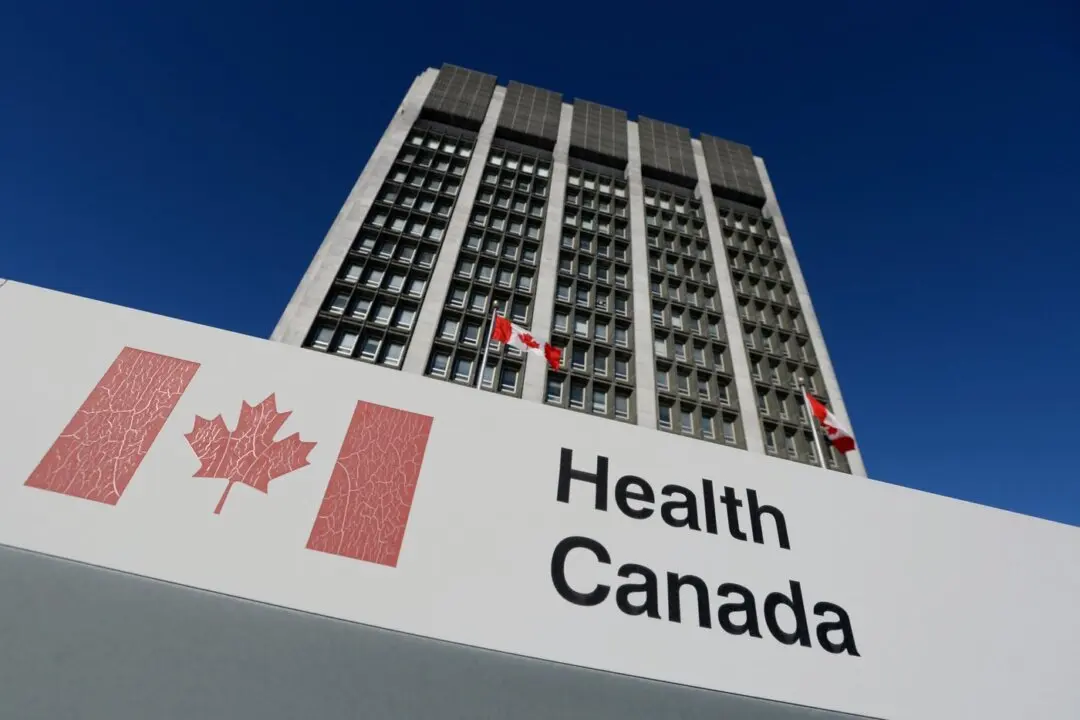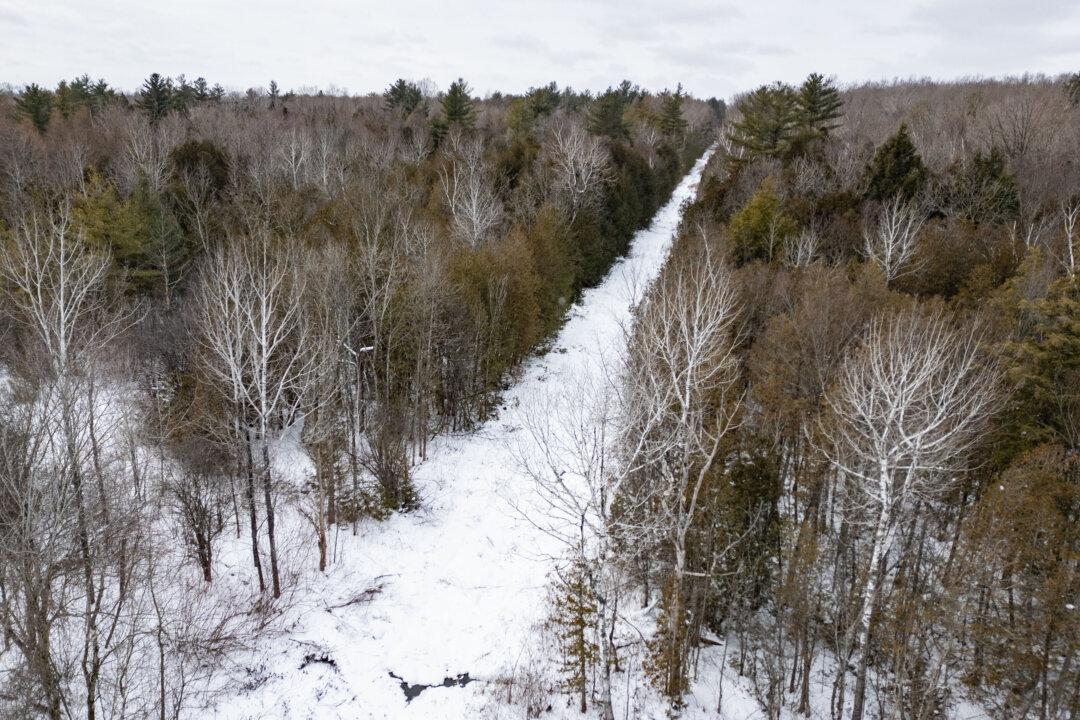EDMONTON—Alberta is scheduled to introduce its budget Tuesday — the last before a spring provincial election — with political observers wondering what the province will do with all its billions of extra petrodollars.
“Any budget that’s leading into an election is always one that contains quite a few goodies,” said University of Calgary economist Trevor Tombe.
“Combine that with a government with significantly higher resource royalties than planned, and you have a lot of scope for big announcements.”
Finance Minister Travis Toews, in his four years in the post, has tabled budgets that began with multibillion−dollar deficits and recently spotlighted multibillion−dollar surpluses due to rebounding oil and gas revenues.
The province said in its mid−year forecast that it’s expected to finish the current fiscal year, which concludes at the end of March, with a $12.3−billion surplus on the strength of high oil prices and oilsands operations reaching the higher post−payout stage of production.
Tombe said if the benchmark West Texas Intermediate oil price stays robust at US$80 barrel in the coming years, the province could once again, by decade’s end, eradicate its $80−billion taxpayer−supported debt.
WTI is currently trading just under $80 a barrel.
“I suspect we’ll see less windfall (in the budget) because spending will almost surely grow,” said Tombe.
Premier Danielle Smith’s United Conservative Party government has already announced and begun implementing a $2.8 billion program of direct payments and tax cuts to help Albertans deal with inflation.
In recent days, Health Minister Jason Copping has promised $158 million in new spending to recruit health staff and $243 million to expand and improve primary care.
Smith said funding for mental health and addiction is to rise from $275 million, up from $87 million in 2019.
Toews also promised more money to fund growing student enrolment from kindergarten to Grade 12. And Advanced Education Minister Demetrios Nicolaides said there will be a two per cent cap on tuition starting in the 2024−25 school year.
Tombe said the key question to ask is what does Alberta do as it reaches yet another fork in the road on how it saves its bounty, given that past boom and bust cycles have seen the province spend heavily in good times then be forced to run staggeringly high deficits in bad times?
Economists, business groups and think tanks have suggested multiple options: recreate a buffer fund, put the money into the nest Heritage Savings Trust Fund, pay down the debt or use it to cover off more tax cuts to make Alberta more inviting to investors, potential newcomers and businesses.
Tombe, who favours debt paydown given current high interest rates, said there should be a plan, whatever the route taken.
“The last time we saw a detailed forward−looking plan for dealing with resource revenues was 2015 under (former premier) Jim Prentice,” he said.
“It will be interesting how detailed (this surplus plan) is,” said Tombe.
“It’s one thing to hand wave about using (surpluses) wisely. It’s another to actually have concrete, formula−driven approaches to handling resource revenues.”
Voters go to the polls May 29, and recent surveys suggest Smith’s UCP is in a tight race with Rachel Notley’s Opposition NDP.
Political scientist Lori Williams said she expects short−term inflation aid in the budget won’t be as important, because voters want to know which party can be trusted to look after families in the long−term while addressing core concerns over health care.
“Since the money is going to be there no matter who wins the next election, it may come down to a contest over vision and leadership,” said Williams, with Mount Royal University in Calgary.
“Money being spent (in the budget) doesn’t necessarily move the needle one way or the other.”
Williams noted the affordability programs and holidays on provincial tax at the gas pumps is set to end in the short term.
“I think a lot of people will be wondering what happens at the end of May?” she said.
“We can talk about diversification of the economy, we can talk about how well the economy is doing, but the reality is people are still struggling with inflation. The prices at the grocery store are shocking.”





